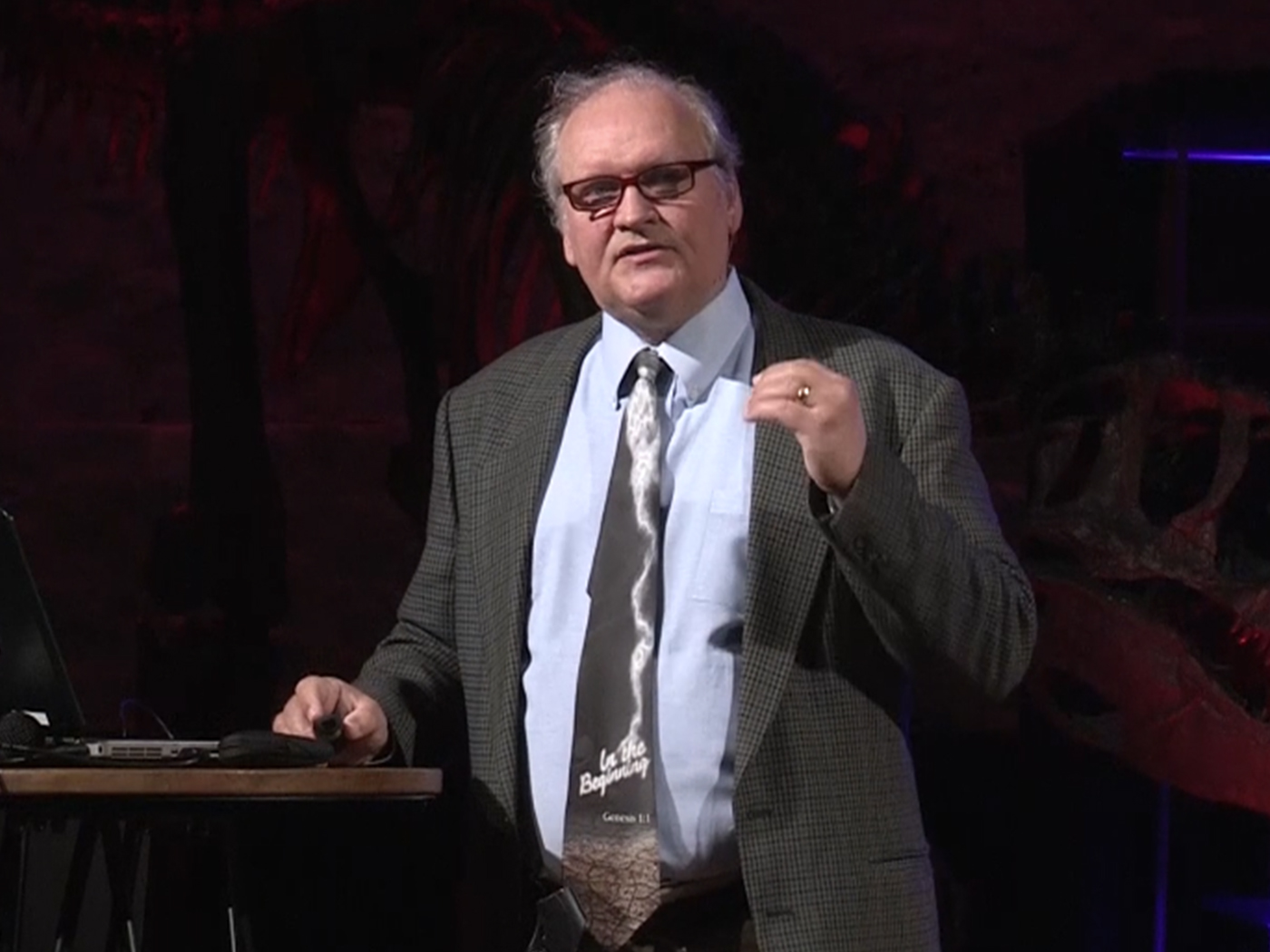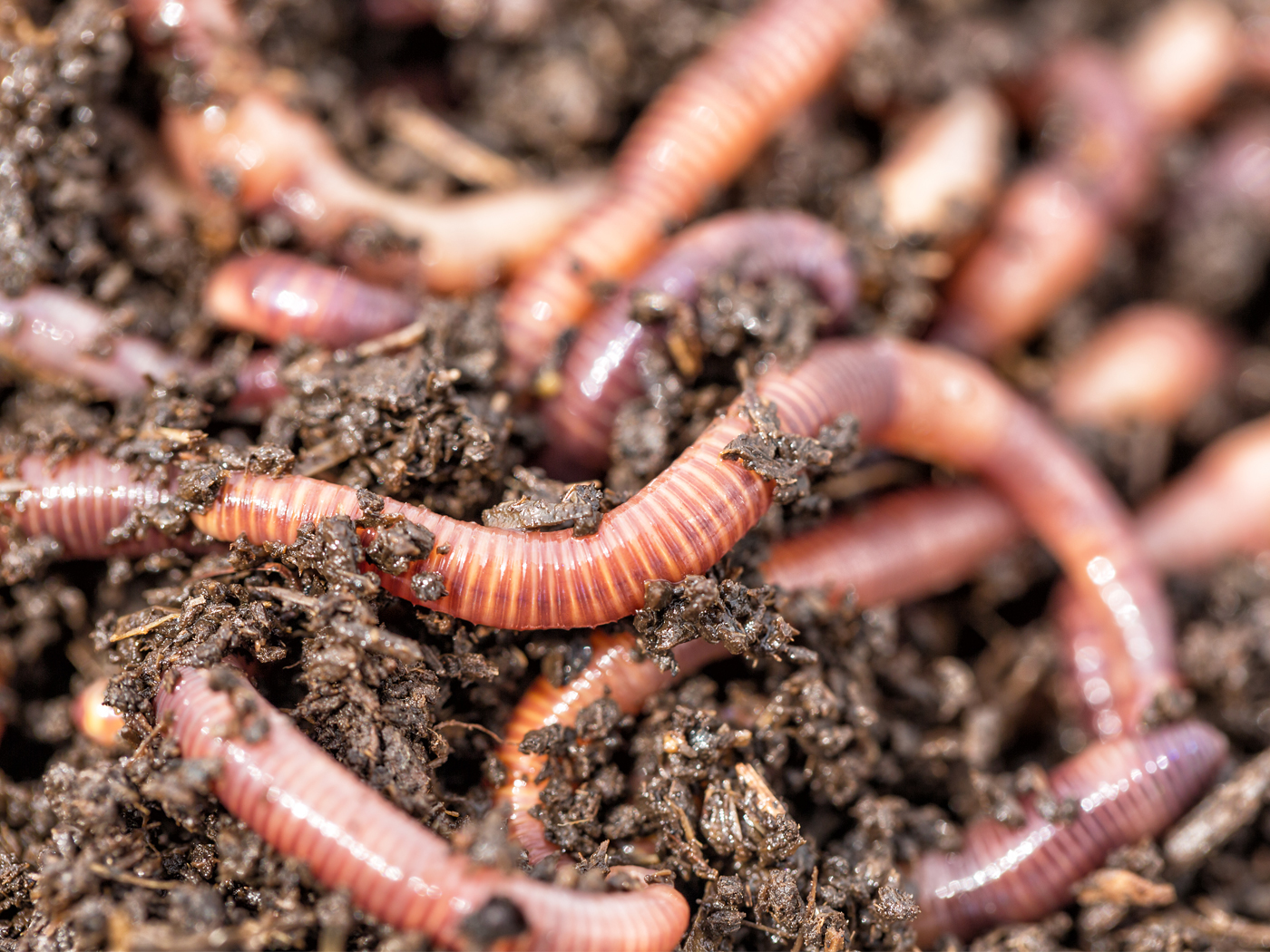Snowball is a sulfur-crested cockatoo. He’s also a YouTube sensation, as this bird dances by bobbing his head and lifting his feet to a musical beat.
In addition to the Internet community, Snowball’s performance has caught the interest of scientists.1 A team of researchers studied Snowball and found that when the tempo of the music was slowed down or sped up, the bird would naturally change his rhythm to fit the music and stay in perfect beat.2, 3 The most prominent group of creatures on earth capable of doing this are human beings.
Humans’ mysterious and inherent musical abilities present a problem for evolution proponents. Rhythm and synchronous behavior do not present an apparent selectable advantage for survival and complex neural wiring must be just right in order to exhibit these traits. The only other types of creatures with this unique ability are certain species of birds and, in one documented case, an elephant.3, 4
Interestingly, this phenomenon does not appear to be related to other cognitive abilities, such as speech. Instead, the response is thought to be related to mechanisms that operate in conjunction with parts of the brain that process auditory and motor skills. This response to music is termed “beat perception and synchronization,” or BPS.
None of the apes (nonhuman primates) have these capabilities, including humankind’s supposedly closest evolutionary relative, the chimpanzee. Since this trait does not show up in apes, it poses a big problem for the human evolutionary model.3 Creatures with BPS abilities are not in the direct human evolutionary lineage.3, 4 Also, BPS is a trait not found in the direct bird or elephant evolutionary trees either. It’s like the BPS trait appeared suddenly and separately in humans, birds, and elephants―three completely different created kinds. The odds of this happening within an evolutionary model framework are slim to none.
This situation resembles the distribution of different hemoglobin varieties in invertebrates (animals without backbones). UCLA biochemist Richard Dickerson wrote in 1969 that “hemoglobins occur sporadically among the invertebrate phyla, in no obvious [evolutionary] pattern.”5
The best explanation for beat perception and synchronization in humans, birds, and elephants is that they were created with these BPS traits inherent to their own unique biological systems by God according to His design purposes for creation.
References
- Morell, V. That Bird Can Boogie. ScienceNOW Daily News. Posted on sciencenow.sciencemag.org April 30, 2009, accessed May 7, 2009.
- Patel, A. et al. 2008. Investigating the human specificity of synchronization to music. Proceedings of the 10th International Conference on Music and Cognition. Sapporo, Japan, 100-104.
- Patel, A. et al. 2009. Experimental Evidence for Synchronization to a Musical Beat in a Nonhuman Animal. Current Biology. In Press, posted on cell.com/current-biology April 30, 2009.
- Schachner, A. et al. 2009. Spontaneous Motor Entraintment to Music in Multiple Vocal Mimicking Species. Current Biology. In Press, posted on cell.com/current-biology April 30, 2009.
- Dickerson, R.E. and I. Geis. 1969. The Structure and Action of Proteins. New York: Harper and Row. Quoted in Parker, G. 2006. Creation: Facts of Life. Green Forest, AR: Master Books, 48.
* Dr. Tomkins is Research Associate at the Institute for Creation Research.
Article posted on May 13, 2009.


















